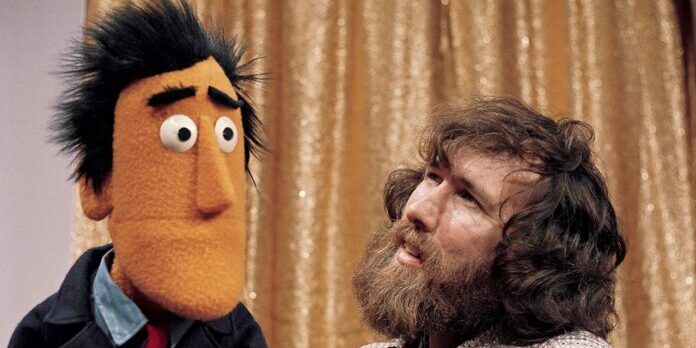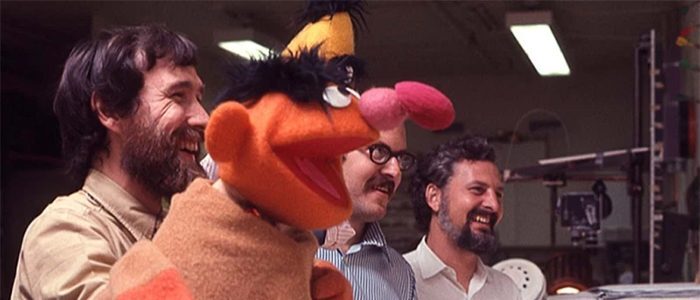For its first virtual edition, Alex is publishing an ongoing series of his high (and low) lights at this year’s Sundance Film Festival.
It is impossible to imagine a world without Sesame Street. Having been the #1 children’s program for over half a century since it first aired in 1969, generations of kids have learned their ABC’s from such iconic figures as Big Bird, Bert, Ernie and Cookie Monster. You’d be hard-pressed to find a single American who does not know these characters, or their idiosyncratic personalities. Although its influence may have waned somewhat after 52 years, along with the transition from public television to cable with its new home on HBO, documentary filmmaker Marilyn Argelo (Mad Hot Ballroom) figures it is time to look back at the beginnings of a cultural institution.
Street Gang: How We Got to Sesame Street transports us to the show’s inception and evolution into an overnight sensation, covering primarily the program’s first two decades. We learn through talking head interviews about how the genesis emerged from a shared disdain between producer Joan Ganz Cooney and late Street director Jon Stone for brainless children’s programming like Bozo the Clown, as well as their desire in bringing quality educational programming to inner city kids. Add in the irreverent humor of Muppeteer pioneer Jim Henson, and you have yourself an instant hit.

Indeed, what made the show appealing to so many youngsters was its depiction of an integrated neighborhood where humans and monsters lived together. The best parts of Street Gang are the explorations of its diverse cast and messages for racial tolerance rarely seen in children’s programming prior to ’69. The show’s sociopolitical advocacy was particularly driven by cast member Matt Robinson, who at the height of his career was known as the “black Johnny Carson” before joining Sesame Street to play the original Gordon. An exemplary showcase during these passages is Rev. Jesse Jackson leading a stirring speech that encourages kids to share his mantra of “I am Somebody!” Even failed experiments like the black puppet character Roosevelt Franklin still typify the trailblazing audacity that made Sesame Street such a special show for kids of all ages and cultural backgrounds.
The other stories shared by Argelo’s interviewees regarding Sesame’s evolution over the first twenty years range from common knowledge to rarely heard trivia. Clocking in at just under two hours, Argelo covers a lot of ground in Street Gang to paint an affectionate portrait of the show, as well as of Stone, Cooney, and Henson as the trio who spearheaded the series. It neglects to discuss the years following Henson’s untimely 1990 death, including the show’s transition to cable and the difficulties it would raise in access for children, but it still has enough material to satiate the curiosity of even the most casual fan, and even bring a smile to a Grouch’s face.
